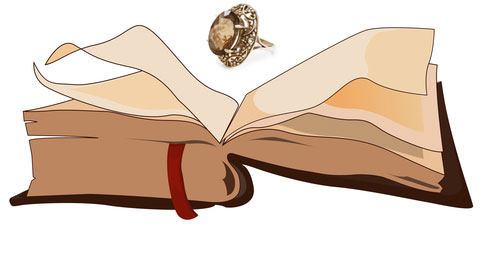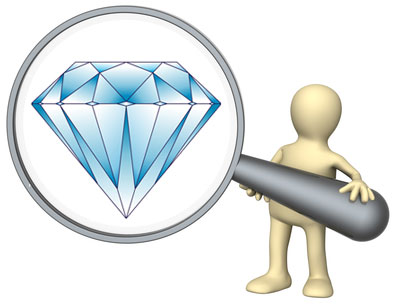Is Jeweler Responsible for Damage to Alexandrite?
We worked with a designer on having a loose, cushion-cut alexandrite placed into a custom setting, and the designer gave it to a jeweler to get the ring crafted. In the course of setting it, the jeweler cracked it, and the jeweler blamed it on the designer for not having forewarned that it was not a diamond.
The stone is visibly cracked and we've been told by the designer that the stone will likely come loose at the crack at some point. The jeweler has offered only to pay for the nominal, re-cutting costs of having the stone cut into an oval or pear shape to eliminate the cracked portion.
What should we do at this point? Is the jeweler responsible for replacement? Should we ask for the stone back now or wait until we are able to reach an agreement on the proper resolution (if ever)?

Hello,
I’m so sorry to hear about your alexandrite. It sounds like, in this situation, that both the designer and the jeweler erred.
The designer should not have given the gemstone to a jeweler without providing complete information about the gemstone first – and the designer should have sent the gemstone to a jeweler who has specific experience working with alexandrite.

Likewise, the jeweler should not have attempted to set the gemstone if the details of the gemstone were unknown. The jeweler too should have known immediately that the alexandrite was not a diamond – the properties of an alexandrite and a diamond are very different and readily distinguishable by an experienced and knowledgeable jeweler. (Really, even an inexperienced jeweler should have known immediately that the alexandrite was not a diamond).
While alexandrite is a hard and durable gemstone, it can be a challenging gemstone to set and it should only be cut by a skilled gemstone cutter who has worked with alexandrite before.
The issues which make alexandrite difficult to work with include its cleavage and color characteristics. If alexandrite is not handled properly during the setting process – especially if it has an inner inclusion or fracture, even a minute one – the gemstone can crack. And, because of its pleochroism color properties and cleavage it has to be cut a specific way – and again with care and expertise.
Ideally, before any gemstone is set or cut – especially a valuable gemstone like alexandrite – it should be assessed by a certified gemologist. A gemologist will examine the gemstone, note any imperfections or issues which could pose a danger to the gemstone during the cutting or setting process, and provide an appraisal on the gemstone.
If your gemstone was not examined by a gemologist first, it is difficult to say how much of the jeweler’s handling played a part in the gemstone's crack. Was the crack caused by the jeweler’s inexperience with alexandrite? Did the crack occur due to a small unnoticed fracture within the alexandrite that was exacerbated during the setting process? These unknowns can pose a challenge to a legal resolution.
That being said, the best thing you can do is to get the gemstone back as soon as possible. Have the gemstone assessed by a certified gemologist to see how severe the crack is and if the crack can be repaired – the gemologist too can help you to determine how much of the stone’s value has been lost due to the crack and may be able to shed light on why the crack occurred in the first place.
I highly recommend using the services of a gemologist who has been certified through the American Gem Society. You can find the nearest AGS certified gemologist in your location by visiting the AGS website. Because alexandrite is so rare though, it may be best to create a list of AGS gemologists and then try to locate one who has worked with alexandrite stones before.
After you know more about the gemstone’s condition, you can decide whether to have the gemstone repaired or cut. However, whatever you decide make sure the gemstone is sent to an experienced professional who has worked with alexandrite before.
As far as a resolution with the jeweler, it may be best to wait until you know the extent of the damage to the alexandrite – and how much of its value was lost – before you agree to anything.
Depending on the severity and cause of the crack, it may be possible to recover not only the expense of having the alexandrite gemstone repaired or cut but you may also be able to recover the value of the stone that was lost.
I hope this info helps – do write back if you any additional questions or to send in an update on how this situation is resolved!
Suzanne Gardner
Everything Wedding Rings
Comments for Is Jeweler Responsible for Damage to Alexandrite?
|
||
|
||
Recommended & Trusted Jewelers
Our Advertisement Policy
Adin Fine Antique Jewelry
Use Code=Everything-Wedding-Rings
For a 5% Discount















